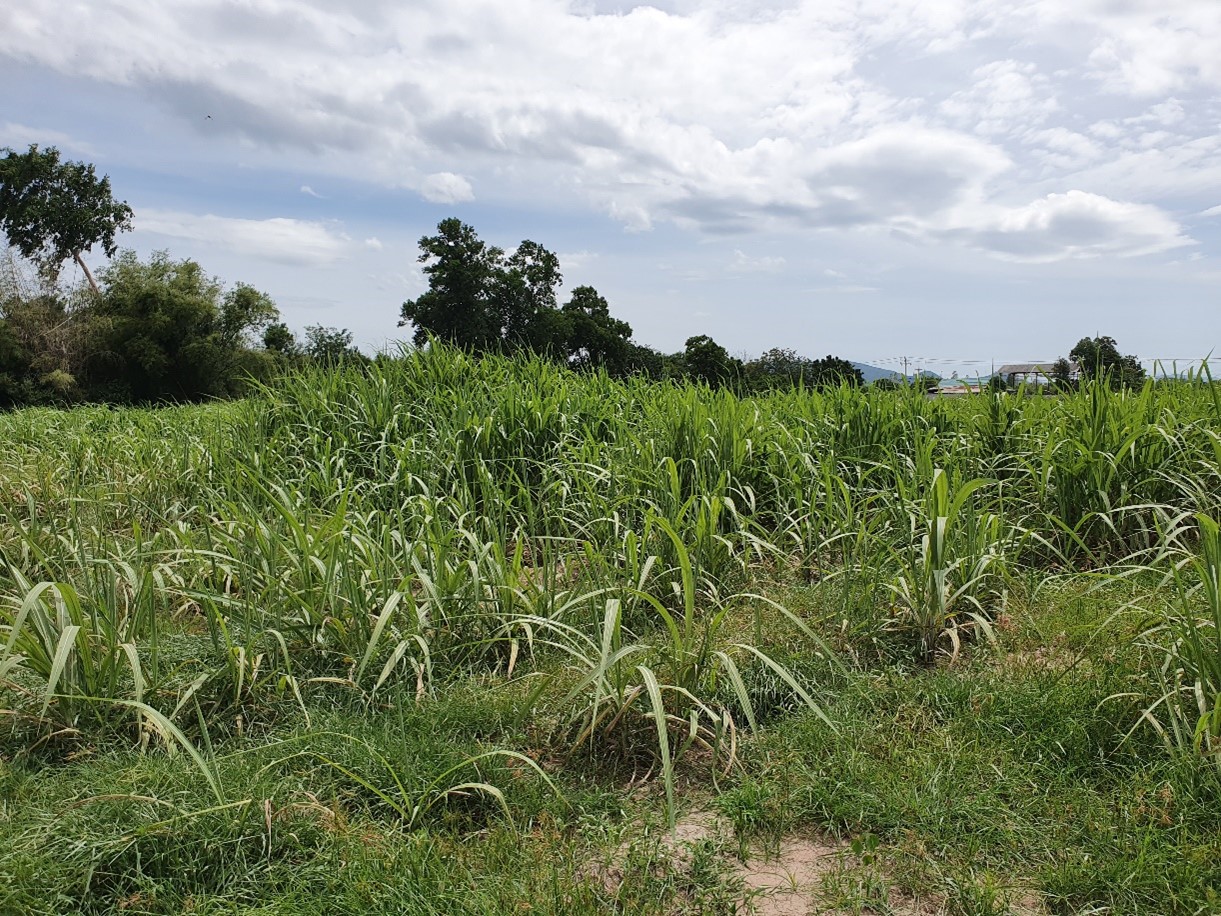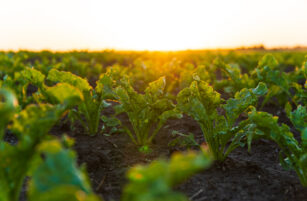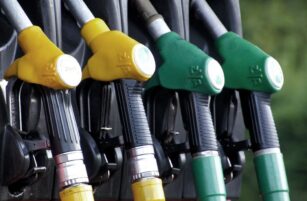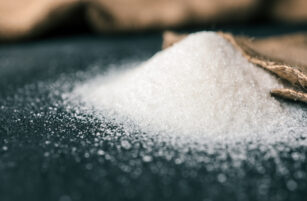Insight Focus
- Applying fertiliser and weed control is the top priority now.
- White leaf disease is becoming a greater concern.
- Disease could raise the cost of seed cane.

This week our analyst Nateetorn Petchphankul had a chance to visit Khun Chairat in person up in Northeast Thailand. Our team in Thailand has been doing a crop tour around key planting areas in Khon Kaen province and trying to understand more about the outlook for the 2022/23 season.

What have you been up to?
Currently, the main tasks in the field are applying fertilizer and weed control. This is now the third fertilizer application for the newly planted cane and the second for the ratoon cane.
Given the high amount of rainfall, weed control needs to be more frequent to prevent a lower cane yield because otherwise the weeds will compete with the cane for soil nutrients.
At what stage is your crop?
So far, Khun thinks the agricultural yield could be lower than last year’s. Although there might be plenty of rain in Thailand the delay to and scattered nature of the rainfall means the cane cannot achieve maximum growth.
Much more sugarcane white leaf disease has been reported in his area and it is now becoming more of a concern to other local cane farmers. This could lower the agricultural yield if they don’t manage to halt the disease cycle.

What’s your biggest concern?
The labour shortage is still a big concern especially now the planting season, which starts in October, is drawing closer.
White leaf disease could mean seed cane becoming an issue because the cane being used for that purpose might be infected. This could result in farmers deciding to buy seed cane from another area which will cost a lot more.
Other Insights that may be of interest
Farmer Diaries (UK): Sugar Beet And Maize Struggle For Water
Guatemalan Palm Oil but Not Sugar Likely Hit by Heavy June Rain
Interactive Data Reports that may be of interest…
Consecana Panel
CS Brazil Weather Update














